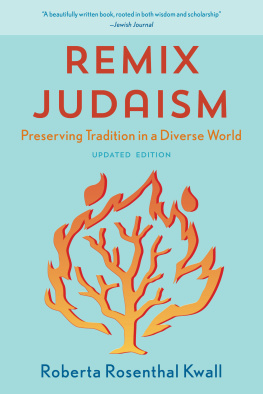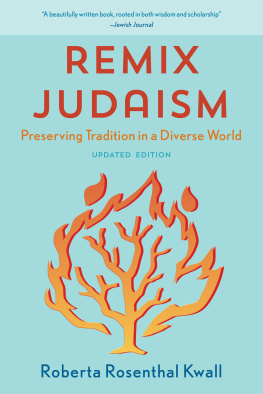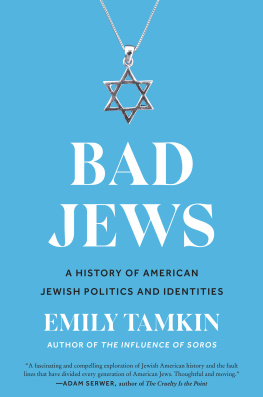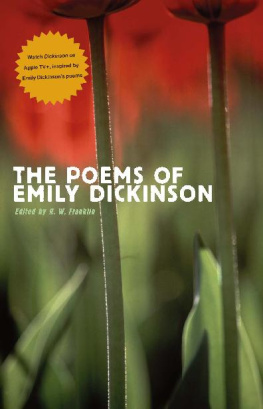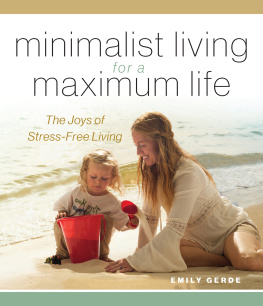Emily Paster - The Joys of Jewish Preserving
Here you can read online Emily Paster - The Joys of Jewish Preserving full text of the book (entire story) in english for free. Download pdf and epub, get meaning, cover and reviews about this ebook. year: 2017, publisher: Harvard Common Press, genre: Home and family. Description of the work, (preface) as well as reviews are available. Best literature library LitArk.com created for fans of good reading and offers a wide selection of genres:
Romance novel
Science fiction
Adventure
Detective
Science
History
Home and family
Prose
Art
Politics
Computer
Non-fiction
Religion
Business
Children
Humor
Choose a favorite category and find really read worthwhile books. Enjoy immersion in the world of imagination, feel the emotions of the characters or learn something new for yourself, make an fascinating discovery.

- Book:The Joys of Jewish Preserving
- Author:
- Publisher:Harvard Common Press
- Genre:
- Year:2017
- Rating:4 / 5
- Favourites:Add to favourites
- Your mark:
- 80
- 1
- 2
- 3
- 4
- 5
The Joys of Jewish Preserving: summary, description and annotation
We offer to read an annotation, description, summary or preface (depends on what the author of the book "The Joys of Jewish Preserving" wrote himself). If you haven't found the necessary information about the book — write in the comments, we will try to find it.
The Joys of Jewish Preserving — read online for free the complete book (whole text) full work
Below is the text of the book, divided by pages. System saving the place of the last page read, allows you to conveniently read the book "The Joys of Jewish Preserving" online for free, without having to search again every time where you left off. Put a bookmark, and you can go to the page where you finished reading at any time.
Font size:
Interval:
Bookmark:
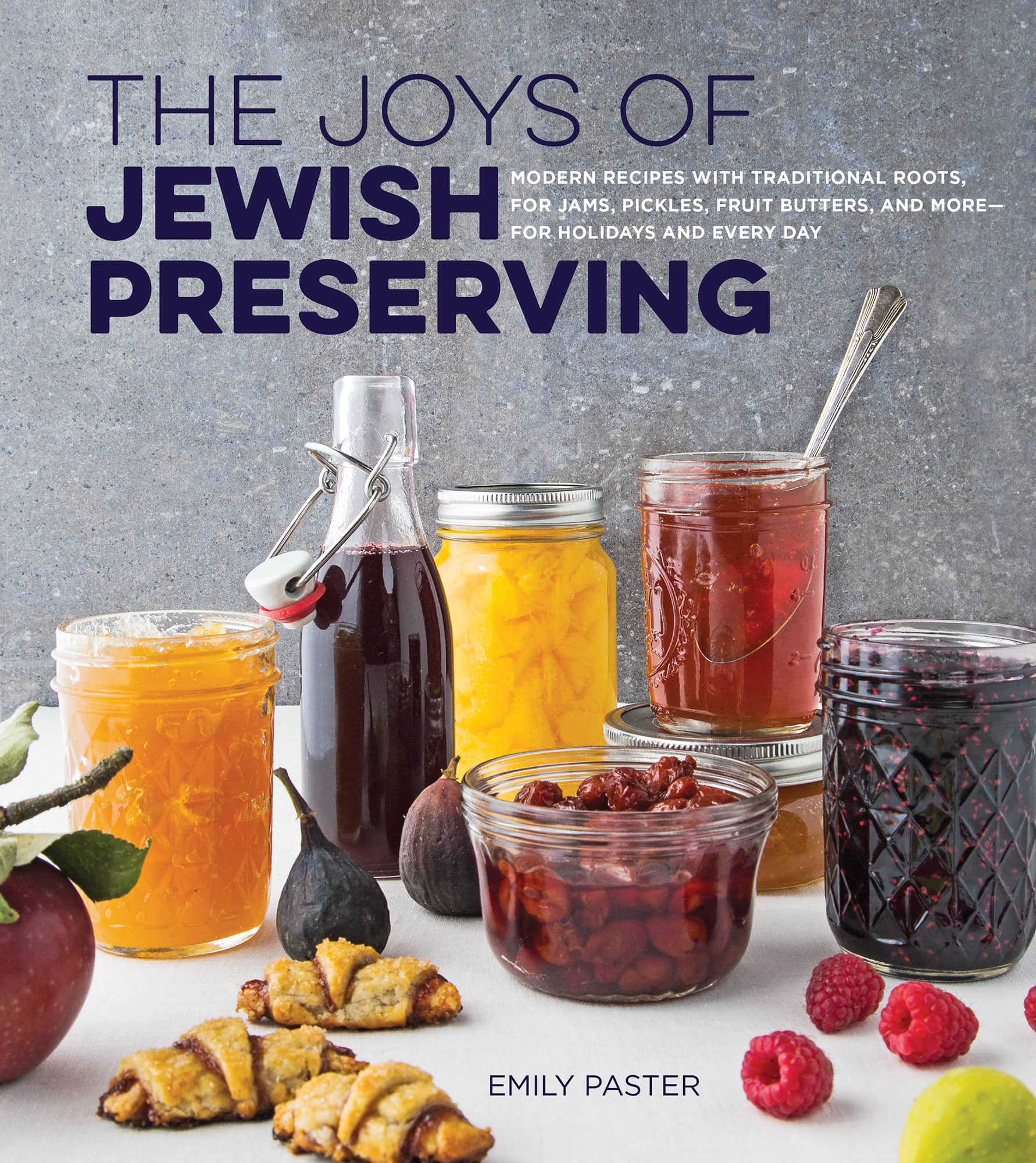

JEWISH
PRESERVING
MODERN RECIPES WITH TRADITIONAL ROOTS, FOR JAMS, PICKLES, FRUIT BUTTERS, AND MOREFOR HOLIDAYS AND EVERY DAY
EMILY PASTER



When I was growing up, for me, being Jewish was far more about food than religion. I was raised in an interfaith family. My father was Jewish, but my mother had been raised Catholic. We did not belong to a church or a temple when I was a child, and I did not have any religious education, save that of the Quaker day school I attended.
We did, however, celebrate Jewish holidays with my fathers side of the family. My paternal grandmother, Hortense Paster, was an outstanding cook, and her daughter, my Aunt Ann, went on to have a successful culinary career. These celebrations introduced me to the delights of Ashkenazi Jewish cuisine, but not exactly to religious observance. Our Passover seder featured homemade gefilte fish and outstanding matzo ball soup, but a sketchy retelling of the Passover story. Rosh Hashanah meant a sumptuous dinner with my grandmothers meat-filled kreplach and melt-in-your-mouth brisket, but no actual attendance at religious services. Mind you, my family also had an elaborate Christmas celebration, which reflected my mothers Swedish heritage and had as little to do with religion as our Jewish holiday celebrations did.
Yet, despite my lack of religious observance or education, I always felt Jewish. Where I grew up, in Washington, D.C., many of our family friends and my classmates at school were also Jewish. I did not have a bat mitzvah of my own, but I attended one practically every weekend when I was thirteen. I read many books by Jewish authors and about Jewish life. If someone had asked me, I might have even said that I was Jewish, although I would have more likely said I was half-Jewish.
In America, most Jews are Ashkenazi, that is, Eastern European. That was certainly true in my family: my grandparents ancestors came from Poland. As a result, I had almost no exposure to the world of Sephardic Jewry when I was growing up.
That all changed, when, as a college student majoring in French, I spent my junior year abroad in France. For the first month, a sort of orientation period, I lived with a very traditional, Catholic family in the small city of Tours. I felt uncomfortable in that environment, so when it was time to move to Paris and be placed with our permanent host families, I asked the director of the program not to place me with a religious family. Her response was to place me with perhaps the only Jewish host family in the program, Monsieur and Madame Zmor.
The Zmors were Sephardic Jews who had been born in Algeria and moved to France in the 1950s, when Algeria gained its independence. Living with the Zmors was a wonderful experience. Generous, funny, and blunt, Annie and Charles Zmor showed me what it felt like to be Jewish in a place where Jews were a tiny and somewhat threatened minority. Of course, Jews are a tiny minority in the United States too, but having grown up in an east coast city like Washington, D.C., it never felt that way to me.
Perhaps the most significant part of the experience of living with the Zmors was learning about Sephardic customs and cuisine. Like my grandmother, Annie Zmor was a wonderful Jewish cook, but her repertoire was completely foreign to me. I learned that there was Jewish cuisine beyond gefilte fish, matzo balls, and pastrami; I also witnessed an entirely new, fascinating set of Sephardic traditions and observances, such as a party at the end of Passover to reintroduce flour to the house.
I was so affected by the experience of living with a Jewish family in France, and how different it was from being Jewish in the U.S., that when I returned to college, I wrote one of my law school application essays about it. Little did I know it would be in law school that I would meet and fall in love with a nice Jewish boy, one who would become my husband and with whom I would create a Jewish home and raise two Jewish children.
My husband, Elliot Regenstein, grew up in an observant home regularly attending services at the local Conservative synagogue. He had four Jewish grandparents, including two who had fled Nazi Germany. My in-laws kept a kosher home, and they continue to do so to this day. Indeed, my father-in-law, a food science professor, is a world-renowned expert in the laws of kosher. Marrying someone Jewish and raising Jewish children was a priority for Elliot. While this could have been a barrier to our relationship, given that I was technically not Jewish, I quickly realized I wanted to marry Elliot and I also shared his desire to create a Jewish home.
After years of feeling but not really being Jewish, when I was in my late twenties, I converted. It was necessary for me to formally convert because my one Jewish parent was my father and Judaism is transmitted through the mother. I also had not received any Jewish education, but I welcomed the opportunity to make up for this deficit. I took classes, studied, and eventually immersed myself in the ritual bath known as the mikveh, the final step of the conversion process. Having completed this process, I was eligible to marry Elliot in a Jewish ceremony officiated by a Conservative rabbi. We were married in 2002.
Since that time, my husband and I have maintained a Jewish home. Today for me, being Jewish is about religion and culture and values. It is also definitely still about food. Food is central to Jewish religious and holiday observances. I enjoy nothing more than hosting friends and family for Rosh Hashanah dinner, a Yom Kippur breakfast, a festive latke party, or a Passover seder. I emulate my grandmother and call my aunt for advice when planning my menu and making traditional family foods. Inspired by my year living with Annie Zmor, I have taught myself about Sephardic cuisine and incorporated some of those dishes into my repertoire as well. I think of myself as first and foremost a Jewish cook.
I began preserving in 2007, inspired by the bounty of my local farmers market and a desire to eat more locally and seasonally. I started by making jam and pickles, and I soon expanded into preserving relishes, chutneys, fruit butters, and more. I loved the fun, do-it-yourself aspect of home food preservation as well as the flavor of the delicious, wholesome products I made.
Naturally, I soon began combining my home food preservation hobby with my love for traditional Jewish foods. I put up jar after jar of kosher dill pickles and pickled green tomatoes every summer hoping to make enough to last until next year. (Given my familys love for pickles, I never succeeded.) I canned applesauce in September and October that we used to top our Hanukkah latkes in December. And I hoarded jars of apricot jam to fill hamantaschen come Purim. I quickly realized the important role that preserved foods play in traditional Jewish cuisine and began formulating the idea for a Jewish preserving cookbook.
Font size:
Interval:
Bookmark:
Similar books «The Joys of Jewish Preserving»
Look at similar books to The Joys of Jewish Preserving. We have selected literature similar in name and meaning in the hope of providing readers with more options to find new, interesting, not yet read works.
Discussion, reviews of the book The Joys of Jewish Preserving and just readers' own opinions. Leave your comments, write what you think about the work, its meaning or the main characters. Specify what exactly you liked and what you didn't like, and why you think so.

